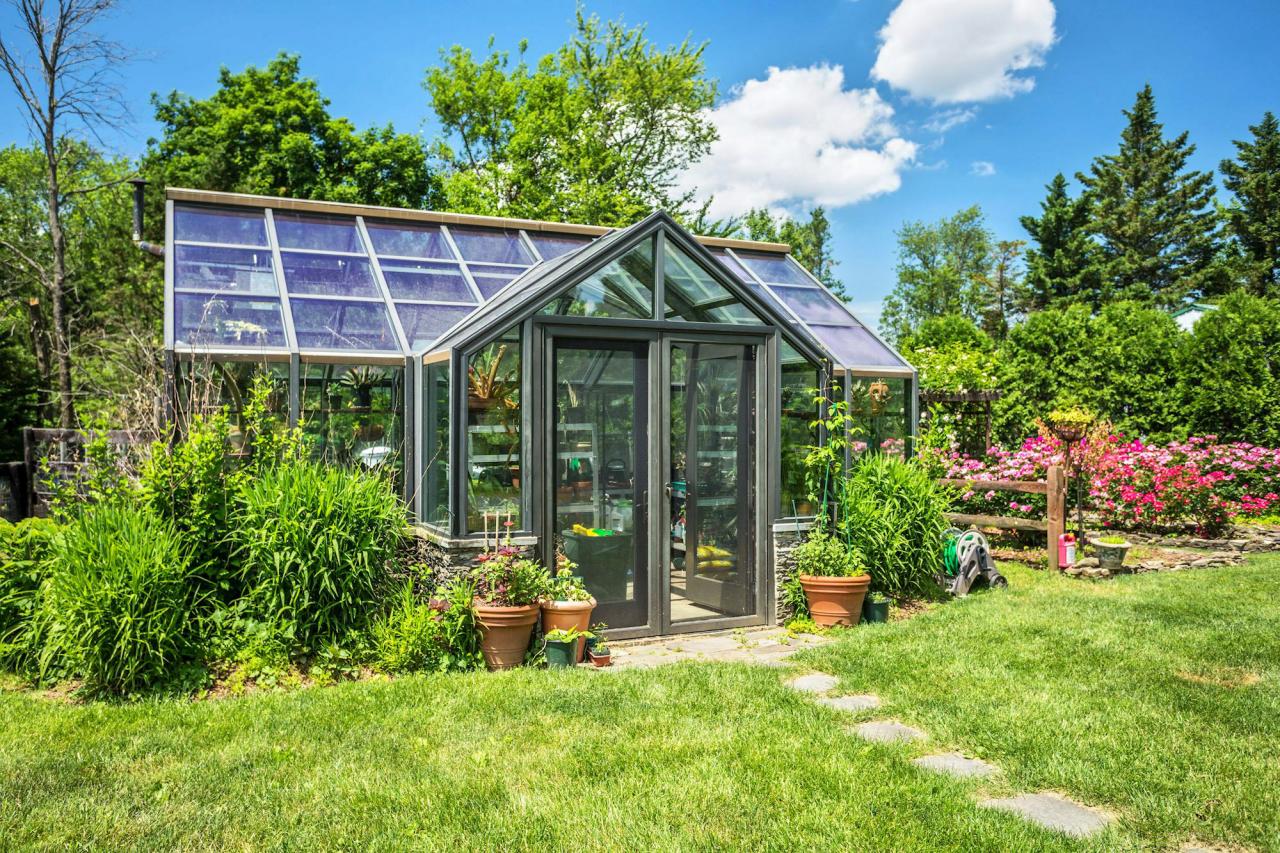Creating a thriving greenhouse at home is an exciting venture for any aspiring gardener. Whether you’re a novice or have some experience, cultivating your indoor garden can be a rewarding and fulfilling endeavor. In this guide, we’ll explore the essential elements and practical tips for setting up a successful greenhouse from the perspective of an everyday plant enthusiast.
Selecting the Right Space
Before diving into the details, it is important to carefully consider and select a suitable location for your greenhouse. This decision plays a crucial role in the success of your greenhouse project. Ideally, you should choose an area that receives ample sunlight exposure throughout the day.
Opt for a spot that has south-facing windows or a location that is exposed to sunlight for at least six hours a day. This will ensure that your plants receive the necessary sunlight for photosynthesis and growth. However, if you find that natural sunlight is limited in your chosen location, don’t worry! There are solutions available to supplement the sunlight with artificial lighting.
By incorporating artificial lighting systems, you can ensure that your plants receive the optimal amount of light they need to thrive. So, take the time to carefully assess your available space and make the necessary arrangements to create a conducive environment for your greenhouse project.
Understanding Your Plants
Different plants have varying light and temperature requirements. It’s crucial to choose plants with similar needs to ensure they thrive together in your greenhouse. Research the specific requirements of the plants you want to grow and plan your greenhouse layout accordingly.

Ventilation is Key
Proper ventilation is often overlooked by greenhouse owners, yet it is an essential aspect to ensure a healthy and thriving greenhouse environment. The significance of adequate airflow cannot be emphasized enough, as it serves multiple crucial purposes.
Firstly, it effectively prevents the accumulation of excessive humidity, which can lead to a multitude of issues and negatively impact the overall health of your plants. Secondly, facilitating proper air circulation minimizes the risk of diseases that thrive in stagnant air.
To achieve optimal ventilation, it is recommended to keep the windows or vents open during the day, allowing fresh air to enter and stale air to exit. Additionally, if necessary, investing in a high-quality fan can further enhance and maintain consistent air circulation throughout the greenhouse, ensuring the well-being of your plants.
Soil and Containers
Choose a high-quality potting mix for your greenhouse plants. Well-draining soil is crucial to prevent waterlogged roots. Consider the size and material of containers based on the plants you’re growing. Some plants prefer larger containers, while others thrive in smaller pots.
Watering Wisely
Overwatering is a common mistake that many gardeners make when it comes to greenhouse gardening. It is important to be mindful of the moisture needs of your plants and to water them accordingly.
One way to ensure that your plants receive the right amount of water is by investing in a good watering can or a reliable watering system. By doing so, you can provide a consistent and controlled water supply to your plants, helping them thrive and grow to their fullest potential.
Harnessing the Power of LED Grow Lights

While natural sunlight is undoubtedly the best source of light for plants, it is worth mentioning that many gardeners often face challenges when it comes to providing sufficient sunlight, particularly during the winter months.
As a result, the use of artificial lighting has become increasingly popular among gardeners to supplement and enhance plant growth. One of the most popular options for artificial lighting is LED grow lights, which are offered by reputable brands such as Batagrowlight, Boyagrowlight, etc.
These LED grow lights are specifically designed to emit a spectrum of light that closely mimics natural sunlight, thereby providing the necessary wavelengths for optimal plant growth and development. By strategically positioning these LED grow lights, gardeners can ensure that all their plants receive even coverage and access to the vital light they need to thrive.
Temperature Control
Maintaining the right temperature is crucial for a successful greenhouse. Invest in a reliable thermometer to monitor temperature fluctuations. Consider adding a heater for colder months and shade cloth for hot summer days to create an ideal climate for your plants.
Harnessing Online Resources
Tap into the wealth of knowledge available online to enhance your greenhouse skills. Look up on google for website related to gardening and plants to receive valuable insights, tips, and community support for greenhouse enthusiasts. Connect with fellow gardeners, share your experiences, and stay updated on the latest trends in greenhouse gardening.
Also Read Succulent Garden Ideas for Small Spaces
Conclusion
Creating a thriving greenhouse for your home is a journey that combines passion, patience, and a bit of practical know-how. By understanding the unique needs of your plants, providing proper care, and incorporating thoughtful elements like LED grow lights and smart technology, you can cultivate a flourishing indoor garden.
Remember, every plant has its own story, and as you embark on this green adventure, enjoy the process of nurturing life within the confines of your own home.








